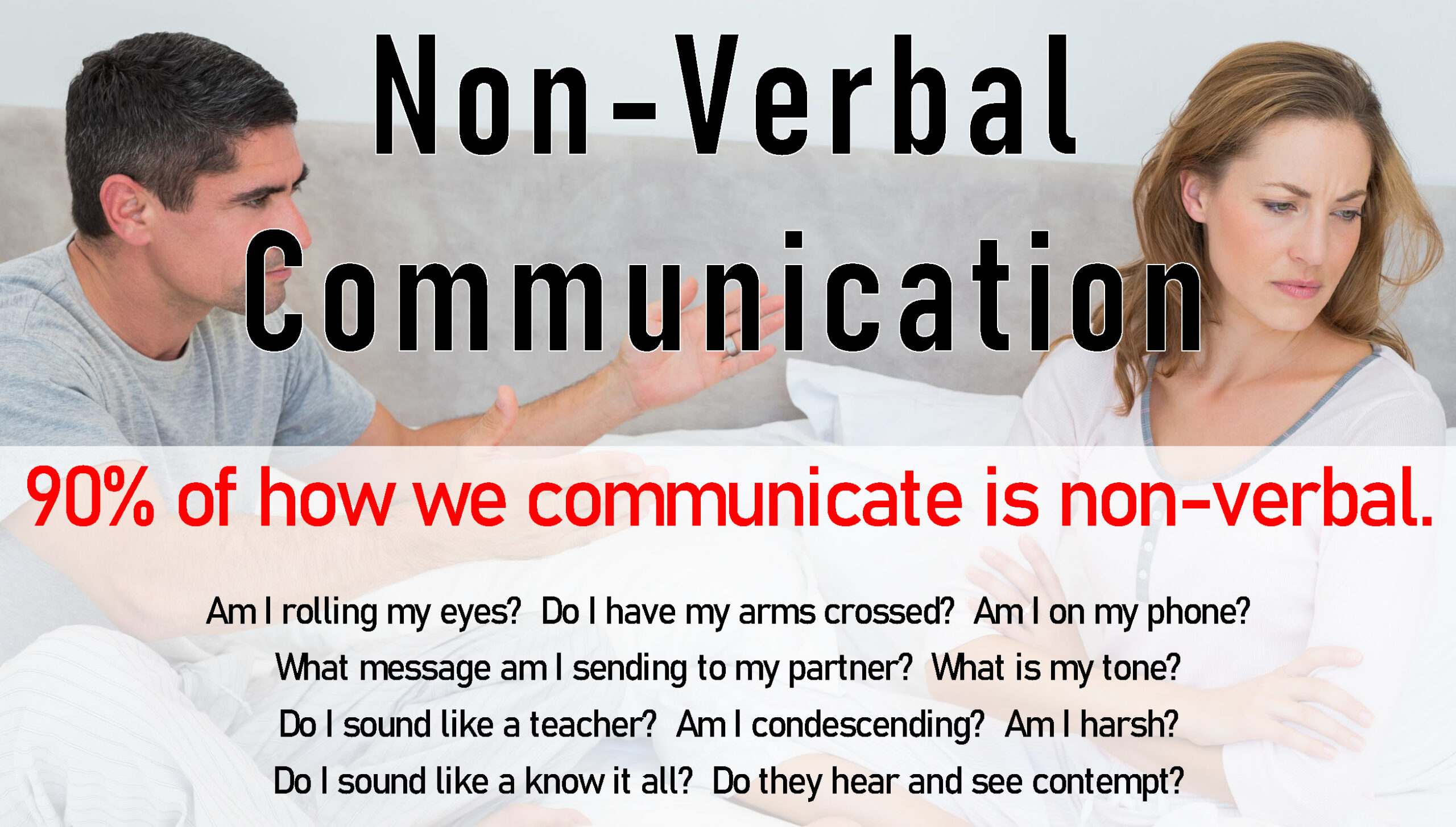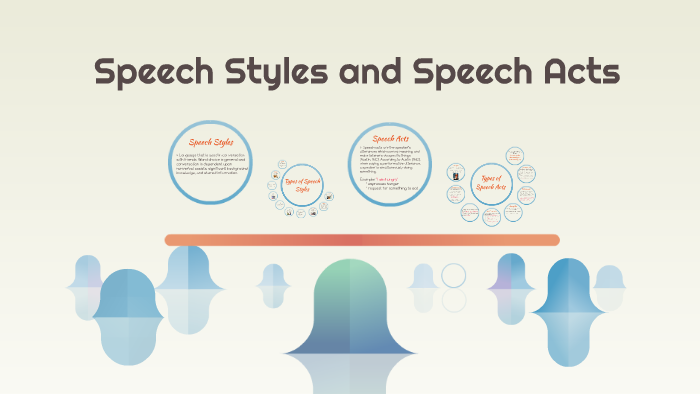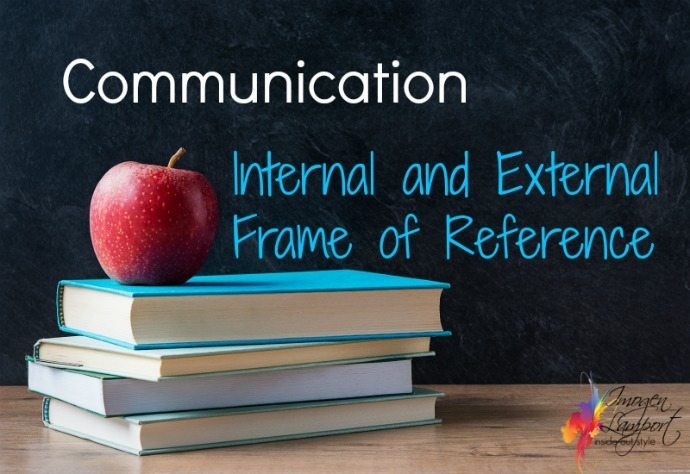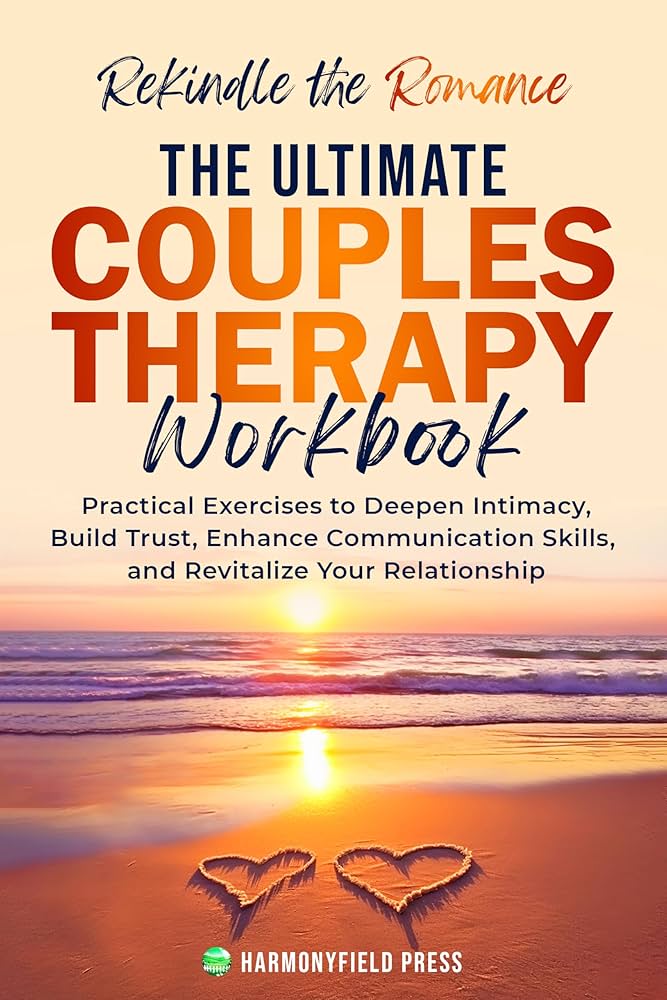Nonverbal Communication In Marriage: Strengthen Your Bond
Nonverbal communication plays a crucial role in marriage. It involves gestures, expressions, and body language.
These silent signals often speak louder than words. They convey emotions and intentions. Understanding nonverbal cues can enhance marital bonds. In marriage, unspoken messages can bridge or widen gaps. Couples often exchange feelings without uttering a word. A simple smile can express love.
A frown might show concern. These gestures form a vital part of daily interactions. Recognizing these signals helps partners connect deeply. Misunderstandings arise when nonverbal messages are missed. Awareness of each other’s silent language builds trust and empathy. It helps resolve conflicts gently. For a strong marriage, both partners must be attentive. Observing nonverbal cues enriches their relationship. It fosters a nurturing and supportive environment. In the following sections, we’ll explore these aspects further.
The Power Of Nonverbal Signals
Nonverbal communication holds immense power in marriages. Words only convey part of a message. The rest is expressed through nonverbal signals. Understanding these cues can strengthen a marriage. Partners communicate emotions and intentions without words. This silent language bridges gaps and deepens connections.
Facial Expressions And Their Impact
Facial expressions reveal a person’s true feelings. A smile can convey warmth and love. A frown might show displeasure or concern. Couples often understand each other through these silent cues. Misinterpreting expressions can lead to misunderstandings. Recognizing subtle changes can enhance emotional connection.
Eye contact is another powerful tool. It expresses attention and interest. A loving gaze can reinforce trust. Avoiding eye contact might signal discomfort. Couples benefit by observing each other’s facial cues closely. This helps in nurturing a deeper bond.
The Role Of Body Language
Body language plays a crucial role in communication. Posture, gestures, and movement all convey messages. Open body language can show acceptance and openness. Crossed arms might indicate defensiveness or disagreement. Couples need to be aware of these signals. It helps in understanding each other better.
Touch is a significant part of body language. A gentle touch can communicate support and affection. Holding hands shows unity and togetherness. Couples should pay attention to how they use touch. It can either comfort or create distance. Being mindful of body cues enriches marital communication.

Credit: www.marriage.com
Listening Beyond Words
Nonverbal communication plays a vital role in marriage. Words convey messages, but silence speaks too. Listening beyond words helps couples connect deeply. It’s about understanding feelings and thoughts without spoken language. This skill enhances emotional bonds and strengthens relationships.
Active Listening Techniques
Active listening involves more than hearing words. It requires focus and attention. Maintain eye contact to show genuine interest. Nod occasionally to affirm understanding. Avoid distractions like phones or TV. Reflect back what your partner says. This shows you are engaged and value their words.
Use open-ended questions to encourage more sharing. “How did that make you feel?” is better than “Are you okay?” These questions invite deeper conversations. Avoid interrupting, even if you disagree. Let your partner finish their thoughts.
Decoding Silent Messages
Body language often speaks louder than words. Pay attention to facial expressions. A smile can show happiness, while a frown may indicate worry. Notice posture and gestures. Crossed arms might suggest defensiveness.
Observe the tone of voice. A soft tone might express affection, while a loud one can show anger. Look for changes in behavior. Silence or withdrawal could mean something is wrong. These silent messages are crucial for understanding your partner’s emotional state.
Nonverbal cues provide insights into a partner’s feelings. Recognizing them helps address issues before they escalate. This understanding fosters a healthier and more connected marriage.
Building Emotional Connections
Building emotional connections in marriage often relies on nonverbal communication. Simple gestures like a warm smile or gentle touch can express love and understanding. These unspoken cues strengthen bonds, fostering a deeper, more meaningful relationship.
Building emotional connections in marriage is crucial for a long-lasting, fulfilling relationship. Nonverbal communication plays a significant role in how partners connect beyond words. It allows couples to express love, understanding, and support in subtle yet powerful ways.Touch And Affection
Physical touch is a simple yet profound way to convey love. Whether it’s a gentle hug after a long day or holding hands during a walk, touch fosters a sense of closeness. Consider how a reassuring pat on the back or a soft touch on the arm can communicate empathy and care without uttering a single word. These small gestures can have a big impact on how connected you feel to your partner. Reflect on moments when a simple touch made you feel more understood and valued. Touch is a universal language of love that can strengthen your bond.Eye Contact And Trust
Eye contact is another powerful form of nonverbal communication. It can signal trust, sincerity, and attention. When you look into your partner’s eyes, you show them that you are fully present and engaged. Imagine a conversation where you both share eye contact, creating a deeper connection and understanding. This act can make your partner feel seen and heard, reinforcing trust in your relationship. Have you ever noticed how a lack of eye contact can create distance? By making a conscious effort to maintain eye contact, you nurture an environment of trust and openness.To build stronger emotional connections in marriage, pay attention to these nonverbal cues. They are the silent yet powerful tools that can enrich your relationship. How will you use touch and eye contact to communicate your love more deeply today?
Navigating Conflicts Nonverbally
Marriage is a dance of words and silence, where communication often transcends verbal exchanges. Navigating conflicts nonverbally can be a powerful tool to maintain harmony. You might ask, how can silence speak louder than words? It’s about recognizing the unspoken signals that your partner sends and responding with empathy and understanding.
Calming Tensions With Gestures
Imagine a heated argument brewing between you and your spouse. Words can quickly escalate, but gestures can soothe the storm. A gentle touch on the arm or a reassuring smile can convey support and love. These small actions can defuse anger and invite calm.
Think about how a nod or a shrug can communicate understanding, even if you disagree. Gestures can bridge gaps in communication and foster a sense of connection. Have you noticed how your partner’s body language changes during conflicts? Recognizing these cues can help you respond nonverbally in a way that calms tensions.
Space And Boundaries
Space can be a powerful communicator. Giving your partner space during a conflict can signal respect for their emotions. Sometimes stepping back physically can give both of you room to breathe and process feelings without pressure.
Establishing personal boundaries is crucial. Consider how you feel when someone invades your personal space during a disagreement. Respecting physical boundaries can prevent conflicts from escalating. Have you set clear boundaries in your marriage, and do you respect them during heated moments?
Your actions speak volumes. Acknowledging the role of space and boundaries in nonverbal communication can enhance your relationship. Reflect on how you can use these tools to navigate conflicts more effectively.
Enhancing Intimacy Through Nonverbal Cues
Couples strengthen their connection through nonverbal communication in marriage. Small gestures, eye contact, and touch express love silently. Such interactions build trust and deepen intimacy between partners.
Enhancing intimacy in marriage often goes beyond words. Nonverbal communication can be a powerful tool to deepen your connection with your partner. From a gentle touch to a warm smile, these cues can express love and support in ways words sometimes cannot. When you focus on nonverbal communication, you might find that your relationship becomes richer and more fulfilling. It’s about creating a dance of unspoken understanding that can bring you closer together. ###Creating A Supportive Environment
Your home should be a place where you both feel safe and valued. Simple gestures like a welcoming hug when your partner returns home can set a positive tone. Think about how your posture and eye contact can convey openness and trust. Consider the space you share. Is it conducive to relaxation and connection? A clutter-free area with comfortable seating might invite more shared moments and conversations. Creating this environment can transform your home into a haven of intimacy. ###Sharing Unspoken Feelings
Sometimes, the deepest feelings are the hardest to articulate. A soft touch on the arm or holding hands can communicate understanding and empathy. These actions can speak volumes when words feel inadequate. Are you listening to your partner’s nonverbal cues? Notice their facial expressions and body language to gauge their emotional state. Responding to these cues can show your attentiveness and willingness to connect on a deeper level. Reflect on a time when a simple look or gesture from your partner made you feel understood. These moments can strengthen your bond and remind you of the unique language you share. Embrace these opportunities to express your love and support without saying a word.
Credit: huntingtonrelationshiptherapy.com

Credit: www.chicagochurch.org
Frequently Asked Questions
What Is Non-verbal Communication In Marriage?
Non-verbal communication in marriage includes facial expressions, gestures, body language, and eye contact. It conveys emotions and intentions without words. Understanding these cues strengthens emotional connection and enhances mutual understanding between partners. Effective non-verbal communication can improve intimacy and resolve conflicts.
How Do You Deal With A Non Communicative Spouse?
Improve communication with your spouse by actively listening, expressing feelings clearly, and seeking professional help if needed. Create a supportive environment for open conversations. Use “I” statements to avoid blame and encourage dialogue. Prioritize regular check-ins to strengthen your relationship.
Consider couples therapy for guided communication improvement.
How Do You Deal With A Nonverbal Partner?
Use clear, simple gestures and facial expressions. Be patient and attentive to nonverbal cues. Encourage alternative communication methods, such as writing or drawing. Establish a comfortable and supportive environment for communication. Prioritize listening and empathy to foster a deeper connection.
Conclusion
Nonverbal communication shapes marriage deeply. Simple gestures can speak volumes. A smile shows love. Silence might express tension. Couples should notice these cues. They improve understanding. Better understanding leads to stronger bonds. Listening is vital. It helps decode unspoken messages.
Practice empathy. This creates a safe space for sharing feelings. Body language matters. It often reveals true emotions. Couples should pay attention to these signals. It helps avoid misunderstandings. The key is awareness. With awareness, communication improves. Trust grows. Love deepens.
Nonverbal cues are powerful. They enhance emotional connection. Pay attention. Your marriage will benefit immensely.




